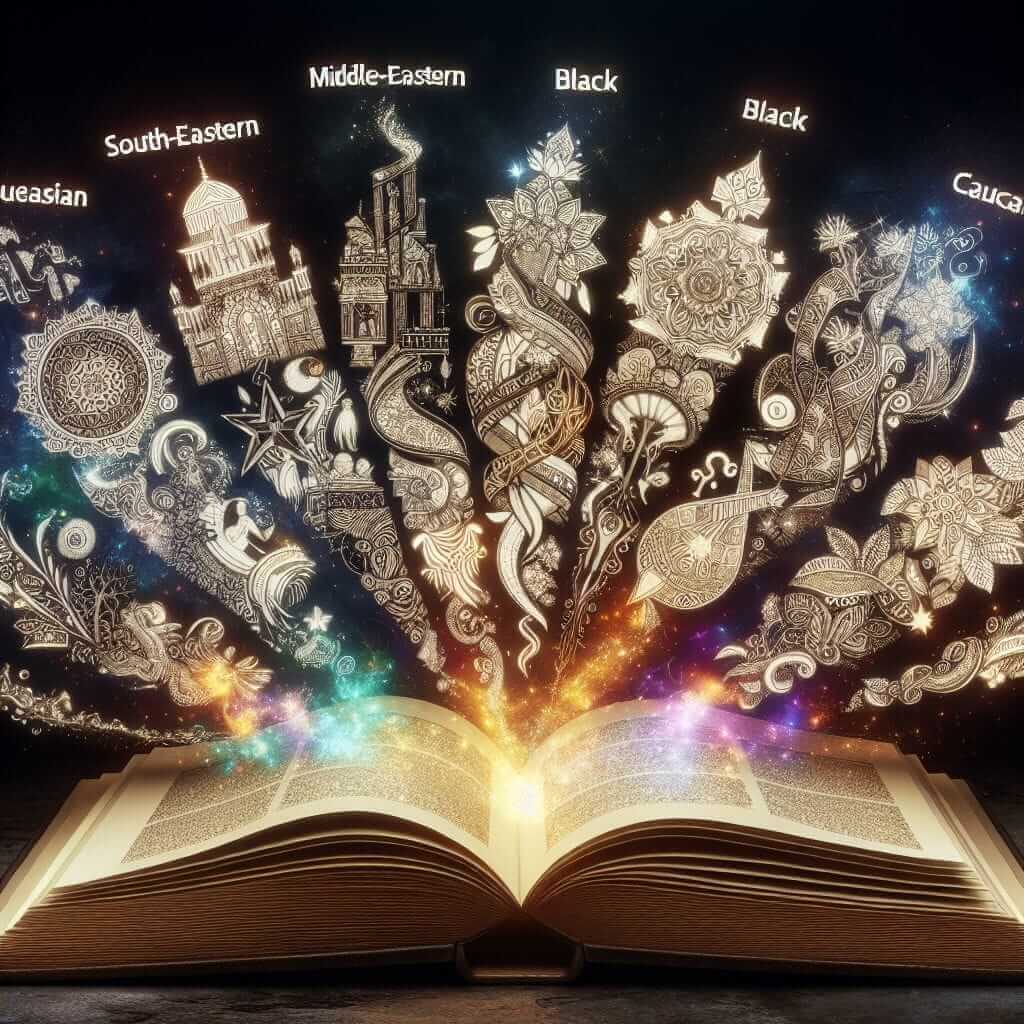The IELTS Reading test is a crucial part of the IELTS exam, designed to test your reading skills through a variety of complex texts. One common topic that appears frequently is “Cultural impacts of literature”. This theme has been a popular subject in IELTS exams due to its relevance and significance. Understanding and analyzing the cultural impacts of literature can sharpen your reading and comprehension skills, critical for excelling in the IELTS test. In this article, we will explore a sample reading text on the cultural impacts of literature, complete with questions and answer keys, to help you practice effectively.
Sample Reading Text: Cultural Impacts of Literature
Cultural Impacts of Literature
Literature, in its many forms, has played a pivotal role in shaping cultures and societies throughout history. From the ancient epics to modern novels, literature has influenced beliefs, traditions, and social norms. This exploration delves into the ways literature impacts culture.
1. Historical Perspective
Examining the works of William Shakespeare, we discover not only advancements in the English language but also a reflection of Elizabethan social hierarchy and morality. His plays often highlight the challenges of authority, the complexities of human emotions, and societal expectations.
2. Literature and Identity
In many cultures, literature becomes a medium through which individuals and communities understand and express their identities. For instance, African American literature, encompassing the works of authors such as Maya Angelou and James Baldwin, delves deeply into the black identity and civil rights struggles in America.
3. Bridging Cultures
Translational literature plays a critical role in bridging cultural gaps. Some works, like Gabriel Garcia Marquez’s “One Hundred Years of Solitude”, transcend their origins to gain universal acceptance, shedding light on Latin American history and culture for global audiences.
4. Social Commentary and Change
Many great works of literature serve as social commentaries and catalysts for change. Harriet Beecher Stowe’s “Uncle Tom’s Cabin” is credited with influencing attitudes towards slavery in the United States, highlighting literature’s potential to inspire societal progress.
5. Educational Impacts
The educational impacts of literature are profound, providing readers with a deeper understanding of different cultures and epochs. When students read diverse literary works, they gain insights into other ways of life, fostering empathy and global awareness.

Questions
Multiple Choice (Choose the correct option)
-
What role does literature play according to the text?
- A. Influences social norms
- B. Promotes economic growth
- C. Advances scientific research
- D. Prevents conflicts
-
Which author’s work is acknowledged for reflecting Elizabethan society?
- A. Maya Angelou
- B. Gabriel Garcia Marquez
- C. William Shakespeare
- D. James Baldwin
Identifying Information (True/False/Not Given)
-
Translational literature can bridge cultural gaps.
- True
- False
- Not Given
-
“One Hundred Years of Solitude” emphasizes the struggles of black identity in America.
- True
- False
- Not Given
Matching Headings
-
Match each paragraph with the correct heading (A-E):
- ___ Historical Perspective
- ___ Bridging Cultures
- ___ Social Commentary and Change
- ___ Literature and Identity
- ___ Educational Impacts
Options:
- A. Historical Perspective
- B. Bridging Cultures
- C. Social Commentary and Change
- D. Literature and Identity
- E. Educational Impacts
Short-answer Questions
- Name one piece of literature which helped change societal attitudes towards slavery.
Answer Key
Multiple Choice
- A. Influences social norms – The text mentions literature’s role in shaping beliefs, traditions, and social norms.
- C. William Shakespeare – The text refers to Shakespeare’s works and their reflection of Elizabethan society.
Identifying Information
- True – The text states that translational literature plays a critical role in bridging cultural gaps.
- False – “One Hundred Years of Solitude” illuminates Latin American history and culture, not black identity in America.
Matching Headings
- 1. A (Historical Perspective) – Refers to Shakespeare’s impact.
- 2. D (Literature and Identity) – Discusses understanding identities.
- 3. B (Bridging Cultures) – Talks about translational works.
- 4. C (Social Commentary and Change) – Mentions Harriet Beecher Stowe’s novel.
- 5. E (Educational Impacts) – Discusses the educational benefits of diverse literature.
Short-answer Questions
- Uncle Tom’s Cabin – The text credits Harriet Beecher Stowe’s novel with influencing attitudes towards slavery.
Common Mistakes and Tips
-
Common Mistakes:
- Skimming too quickly and missing vital details.
- Confusing similar information (e.g., attributing works to the wrong author).
-
Tips for Improvement:
- Practice active reading by summarizing paragraphs.
- Develop a strategy for different question types.
- Expand your vocabulary and understanding of synonyms to better interpret the questions and answers.
Vocabulary
Challenging Words
- Translational (adj) trænzˈleɪʃənəl – related to the process of translating text from one language into another.
- Epics (n) ˈɛpɪks – long narrative poems, often describing heroic deeds.
- Hierarchy (n) ˈhaɪərɑːrki – a system in which members of an organization or society are ranked according to relative status or authority.
Grammar Focus
Difficult Structures
-
Relative Clauses:
- Example: “Literature, which has played a pivotal role, influences culture.”
- Structure: Subject + relative pronoun + verb (provides additional information about the noun).
-
Passive Voice:
- Example: “His plays are highlighted by the complexities of human emotions.”
- Structure: Subject + auxiliary verb (be) + past participle.
Conclusion
Understanding the cultural impacts of literature can enhance your reading skills and provide you with a broader perspective. Practice regularly, focus on vocabulary and grammar, and review common mistakes to improve your performance in the IELTS Reading test. Happy studying!
For more related content, check out our articles on the Cultural Impacts of Globalization on Arts and Culture and the Influence of Globalization on Cultural Diversity.